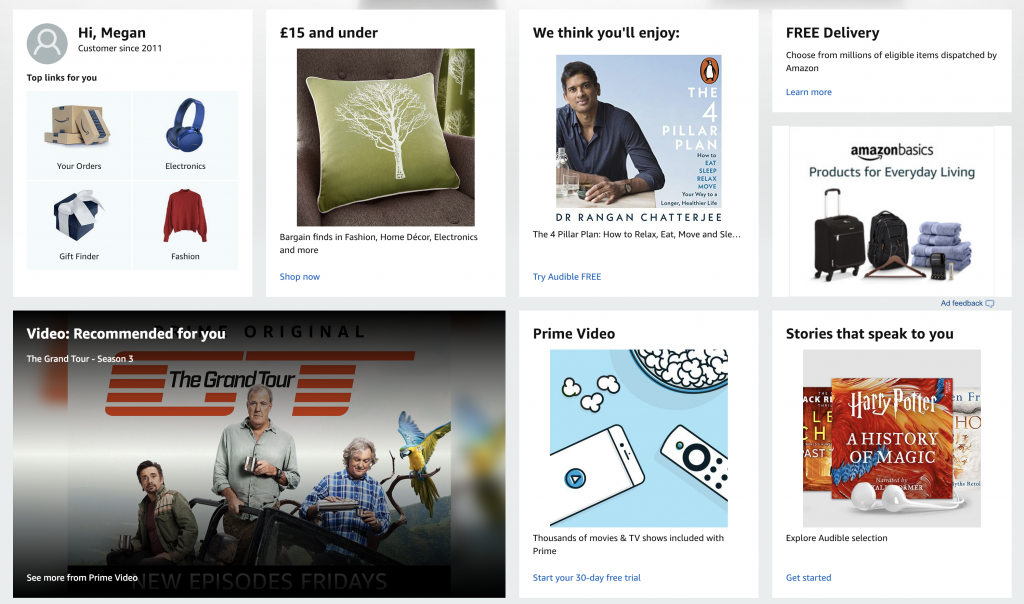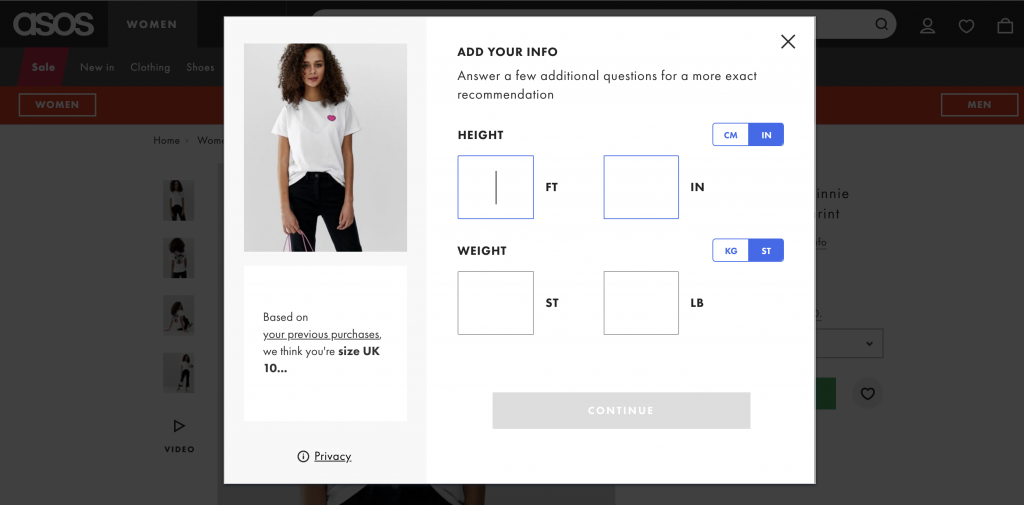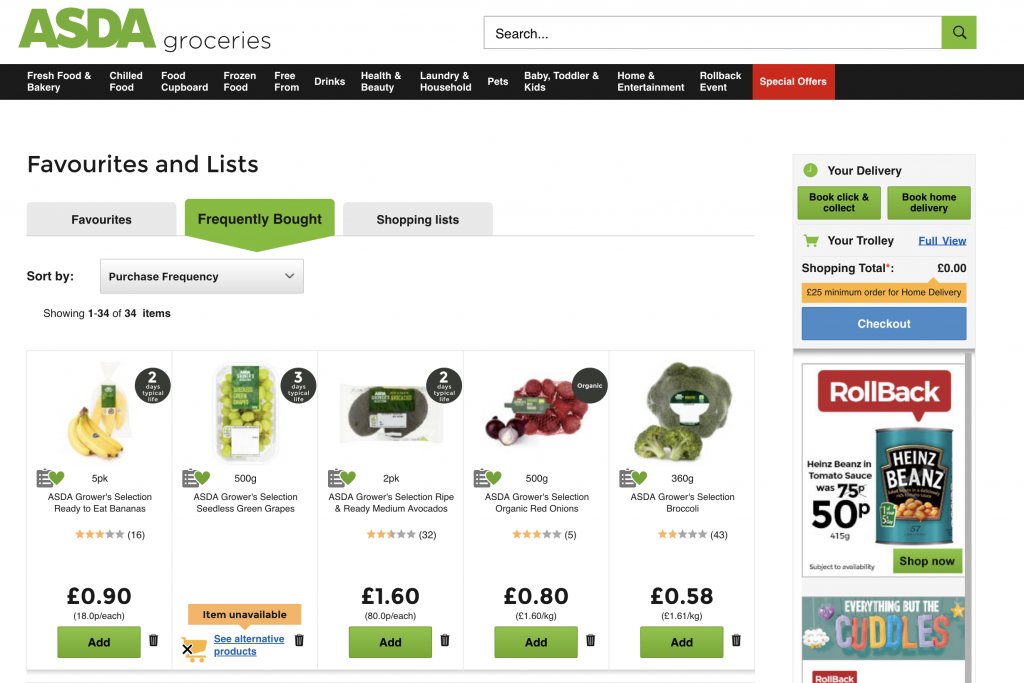Emerging trends: How To Boost Site Conversion Rate
2018 was a radicle year for eCommerce, and customers tilted the scales for many of us in wanting full control of their online shopping experiences. And with so many options being made available to shoppers within the past year, customers are becoming more selective than ever in where and how they shop.
Selling a good product simply isn’t enough anymore, more tactical, customer-driven strategies are being put in place in order for brands to keep their customers engaged and set them apart from their competitors.
So, let’s take a look at 4 emerging digital trends that will help to boost your site conversion rate in 2019.
1. Personalisation
On-site personalisation adds value and relevance to your customer’s experience, making them more inclined to buy and encouraging them to come back. By ensuring that you collect enough data from your customers, you will be able to create personalised recommendations on products and categories to aid their search.
To collect effective data you need to track the following:
- Purchasing history
- Location
- Demographics
- Previous browsing behaviours
- By traffic source
Here are a few examples of brands that use on-site personalisation.
Amazon
Amazon is the leading retailer in eCommerce when it comes to easy shopping, through its user-centric design. As well as the account areas, the landing page acts as a mini customer dashboard where you can find quick links to personal information, recommended products based on previous purchases and browsing history, alongside delivery information and latest deals based on spending budgets.
ASOS
Fashion retailer ASOS, uses personalisation to help their customers find the right fit with every product. If you sign up to an account, as well as all the basics of a customer account area, ASOS allows you to add in body measurements to ensure you select the right size when purchasing a product.
Asda
Asda Supermarket, make online shopping easy with useful tabs in your account area that speed up the process of that long and laborious food shop. With quick tabs to your favourite products, frequently bought items and saved shopping lists, you can cut your shopping time down by half.
2. Voice Search
Voice assistants such as Alexa and Google Home are changing the way users use search functionalities. Its advanced technology not only recognises a voice but understands voice and interprets phrases within context. This means eCommerce stores need to revisit the way they use language in product descriptions.
For instance, the way we type and the way we say things are very different. You might type into a search bar “hairdressers near me” but then you may say to Alexa “What are the best hairdressers in Cardiff?” So by adjusting your product descriptions for both manual and voice search users, you keep your site content fully optimised.
3. Mobile Apps
Mobile shopping has dominated the eCommerce industry over the past few years, with nearly 60% of Google searches being made on mobile devices. Now that eCommerce stores have achieved mobile optimisation they are now jumping into the mobile app market with both feet. Most of your popular retailers now have free apps, which are easy to download from your app store.
The use of mobile apps doubled in 2018 with 79% of mobile users making a purchase using an online app. A mobile app isn’t appropriate for all online retailers but for most targeting the B2C market, it can be crucial in appealing to your customer’s needs and keeping them engaged with your brand.
4. Advanced Product Search
Advanced product search, provides a solution for quicker and more efficient searches that are relevant to your customer. By integrating advanced search into your Magento store you get the following added to your search.
Autosuggestions: Added functionality is integrated into your search to ensure the customer gets exactly what they are looking for along with choices that they might want to think about. For example keywords like “MacBook Air” will then generate further searches like, “MacBook Air 13 Inch” or “MacBook Air refurbished.” It also takes into account search history and presents them in pop-ups and allows for spelling corrections providing “Did you mean?” search functionality.
Whole store search: With basic search functionality, customers can search for the products they want. But with advanced search they are able to have quick access to further information such as delivery and returns, warranty, FAQ’s and blogs, making the buying processes quicker and easier than perhaps searching for it in the footer.
Improved performance: You can increase the number of onsite searches if you allow for mobile and tablet optimisation to ensure search function is prominent and usable on any device.
Need help on optimising your eCommerce store? Get in touch.
Magento
eCommerce
Magento is the leading solution for eCommerce, and we’re specialists. Magento is easy-to-use, completely customisable and endlessly scalable.

Bespoke
Builds
We offer custom web development services for any requirement. Manufacturing from scratch, we deliver a project entirely tailored to your needs.

Working with brands nationally from our offices in Cardiff and Cornwall, our tenacious team of designers and developers deliver sophisticated results every time.





